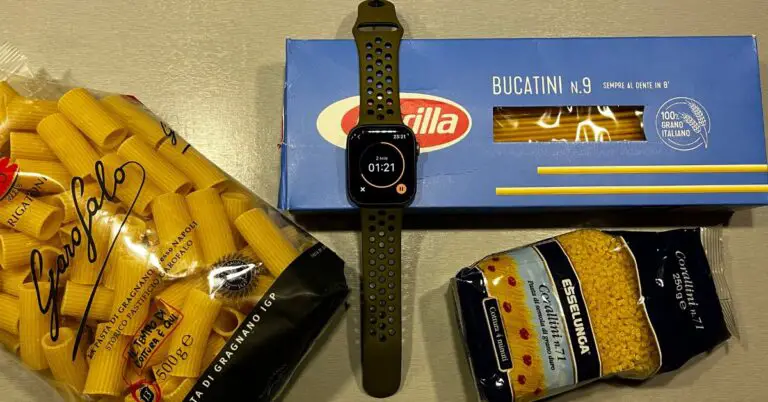Any Italian, to such a question, would answer, “Why would anyone put pasta inside a can?!”
If food, in this strange, boot-shaped country, is perceived almost as a religion, pasta is one of its commandments: strictly cooked al dente and soaked in the sauce with which it is served, it can only be eaten at the moment or, at most, become an ingredient for a super-protein and mouth-watering pasta omelet of leftovers.
In short, the answer to the initial question is yes, canned pasta exists in Italy, but it is hard to find and is only bought by foreigners. And now I’ll explain why.
Investigate the unique Italian-American specialties unseen in Italy – click for insights!
In Italy, fast food and genuine food can be the same
Many people think that canned products save time on cooking while offering in return a good compromise. Nothing could be more wrong: first of all, because in Italy raw materials cost very little. With less than 5 euros it is possible to put on the table a very rich dish made of top-quality ingredients that can be found in any market or supermarket.
In short, here the price-quality ratio beats everything, and if we add to it that it takes even 10-15 minutes to prepare a good first course, the picture is complete.
The secret really lies in the cooking: there is no Italian who appreciates overcooked pasta to the point of becoming glue, and there is no parent here who would dare to propose a canned alternative to their children… but not even to their dog!
An Italian is not interested in having spaghetti in a can inside the pantry
Let’s talk about spaghetti: the first part of the cooking takes place in salted (and, I stress, salted!) water; the last part, on the other hand, ends right in the pan dedicated to the sauce, so that each macaroni absorbs it and cooks soaking up its flavor.
When spaghetti arrives on the plate, they are ready to be wrapped with a fork: the rule is that a little sauce may splash here and there; because, if this does not happen, it means that the cooking was too long!
It is impossible to concentrate this concept in a canned proposal: the ingredients, in that case, are certainly not genuine, but that is not the main problem. Spaghetti, in that dark, cramped tin box, soaks into the sauce, eventually breaking down and becoming sticky. A plate of spaghetti turns into a kind of soup to be eaten with a spoon.
A trauma for any pasta lover.
The legend of pasta in a can made with “Italian” ingredients.
Marketing can work wonders, and beautiful graphics might entice even the most biased person to try something ambiguous. But don’t expect too much from a can of pre-cooked pasta; in Italy, there is a saying that ensures that “The clothes do not make the monk”, (in Italian “l’abito non fà il monaco”). Likewise, a colorful label does not make the contents of its can!
And, for those who were wondering: no, Heinz canned pasta is absolutely not prepared with Italian ingredients, nor through Italian-style cooking. All you have to do to realize this is to open one: the colors are pale and dull, the pasta is overcooked to the point of looking all chopped up, and the flavor is not even close to what you can secure by spending roughly the same amount and 15 minutes of your own time.
Italian-style pasta in a can is a myth, a marketing gimmick, a great appeal to the non-connoisseur; nothing more.
Noodles and pasta in a can, are they the same thing?
The last doubt I want to dispel is the question of noodles. Asian noodles are, by now, available in almost all Italian supermarkets and are, indeed, also quite consumed and demanded by my countrymen (to be honest, I find them tasty too).
But there should be no confusion: noodles represent a world apart from pasta! Although, between them, some element of contact exists.
Both, in fact, seem to have Chinese origins: their respective evolutions, however, are completely different, because Italy based its entire culinary identity on pasta, devising many processing and preparation techniques that led to the product we know today.
The biggest difference between these two courses is definitely in the ingredients. Our pasta is made from durum wheat flour and is drawn. Basically, the dough is passed through a “die,” that is, a structure with holes and shapes that give the final product the desired shape; there are also different types of dies, depending on the forging material (Teflon, bronze cut pasta like the new one from Barilla that I tested here).
Noodles, on the other hand, represent something much more straightforward: generally Noodles are made from rice (or soybean) flour and are cut directly from the noodle sheet; in short, there is no drawing stage.
A true Italian will never like pasta in a can
To summarize, if you are looking for something cheap, tasty and quick to prepare, pasta in a can is perfect to fulfill this task; but if your intention is to eat well – and eat Italian – while taking even just 10 minutes of your time, then cook a nice pasta dish and enjoy the result of a glorious plate of freshly prepared pasta.

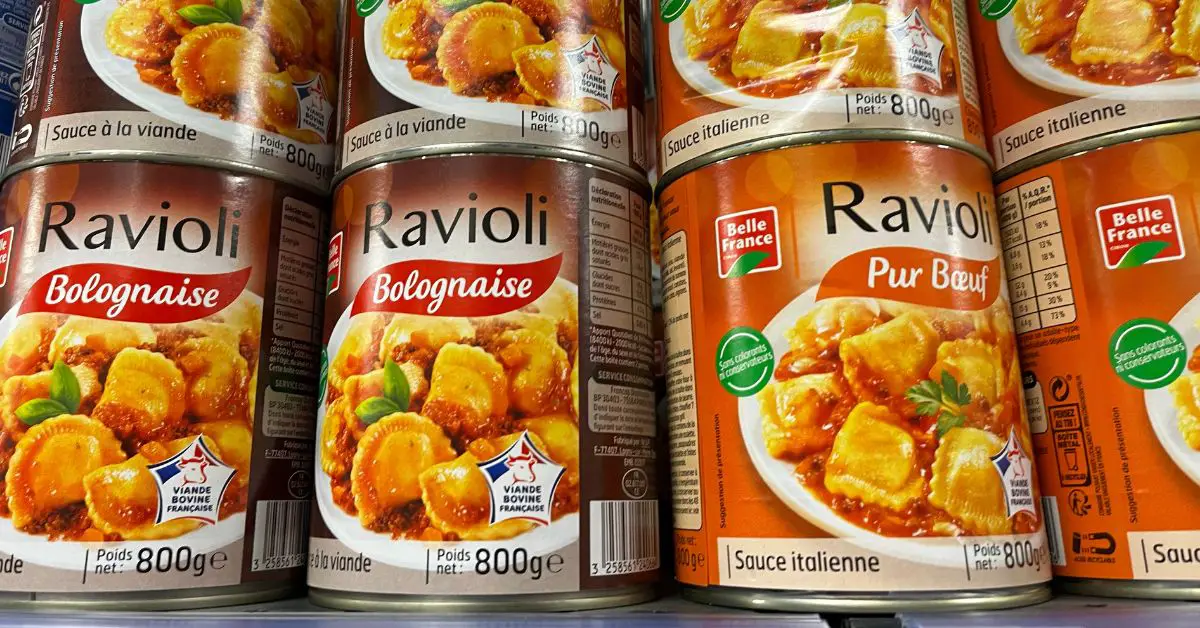
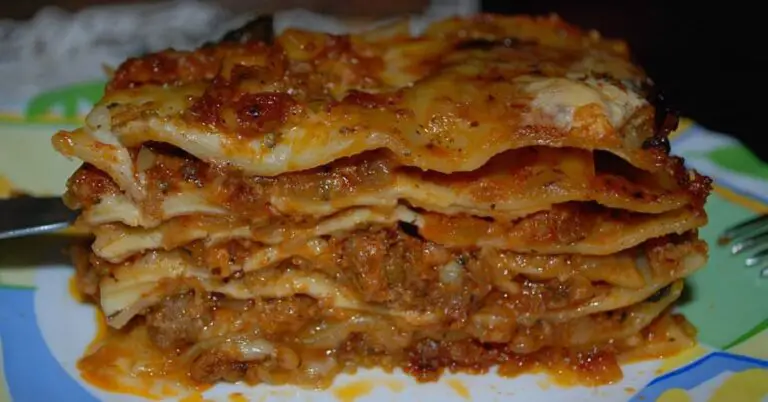
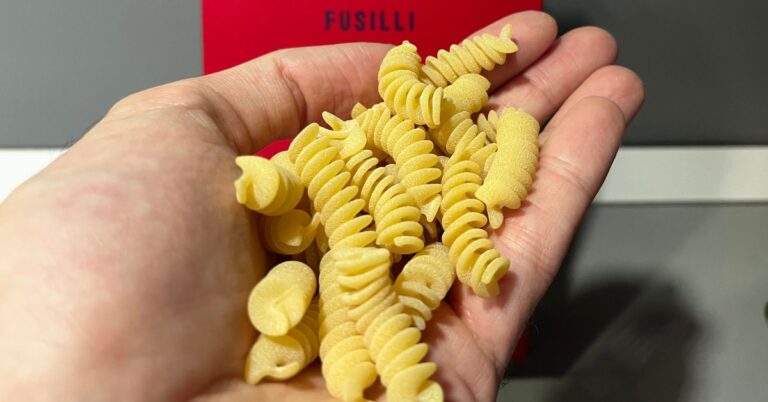
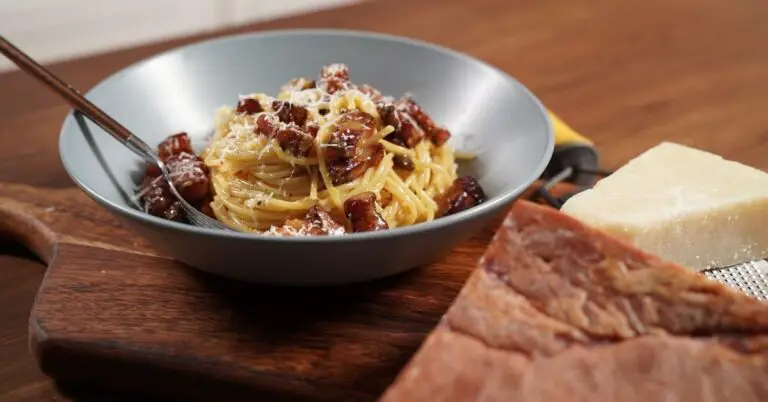
![Difference between penne lisce and penne rigate? [Smooth vs Ridged]](https://whyitalians.com/wp-content/uploads/2022/10/penne-liscie-and-rigate-pack-768x402.jpg)

